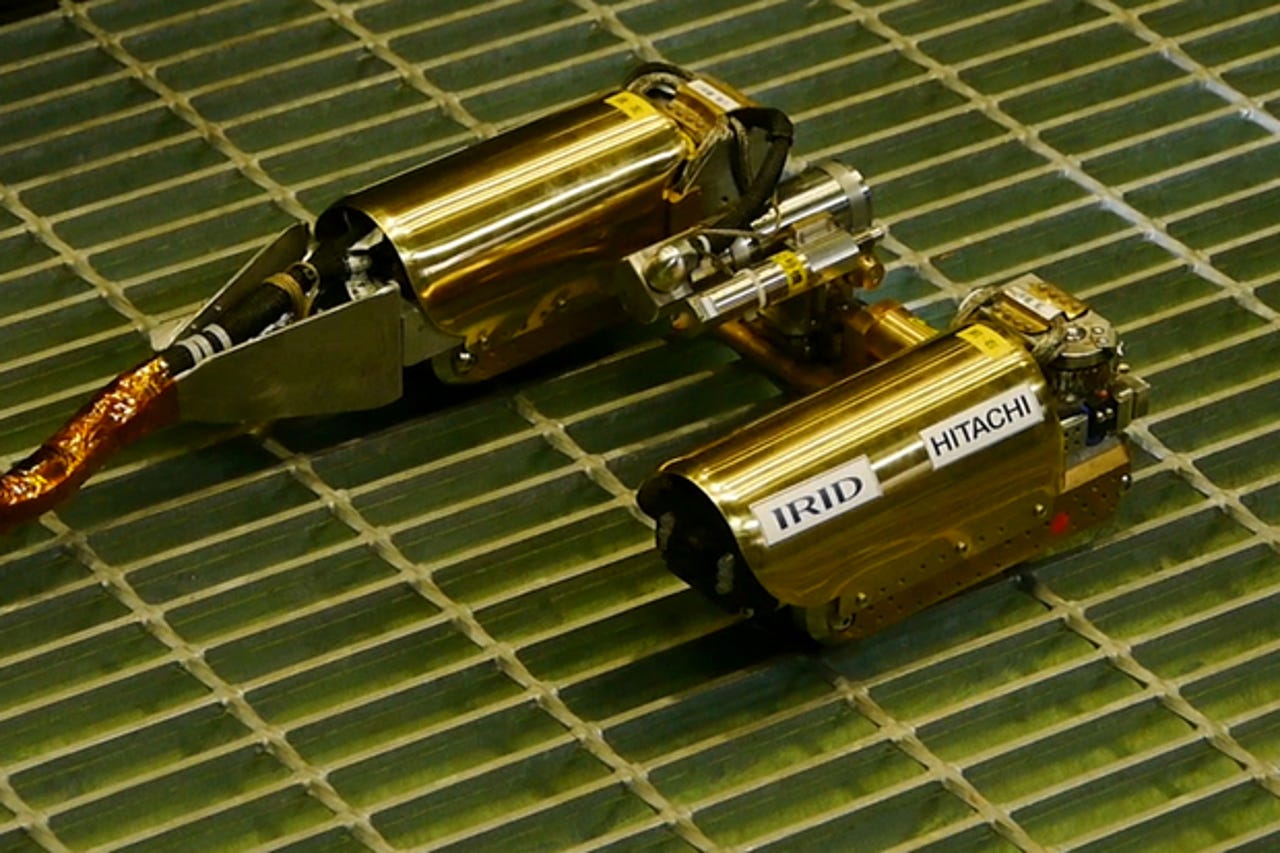These robots are coming for your jobs

This robot wants your paycheck
There's a lot of paranoia going around about machines replacing humans in the workforce. If these robots are any indication, the fear may be warranted ... just a little bit.
NASA’s Robonaut2, currently aboard the International Space Station, was designed to help spacewalkers with repairs, and even perform scientific work. The bot isn’t quite a full crew member yet, but he’s already been outfitted with a pair of “climbing legs” to help him get around.
Other careers are also attracting a lot of robot resumes. For example ...
Greeting
This robot has replaced human staff at the check-in counter at the Henna Hotel in Sasebo, Japan. Colleague robots serve coffee and do the cleaning.
Trucking
Everybody knows that Google has been working on automated cars to increase public safety and reduce commute times. But Daimler also has a self-driving freight truck on the road in Nevada. The truck still needs humans for certain functions ... at least, as of right now.
Caring
Care-taking will always require humans … right? Maybe not. According to University College of London's Department of Science and Technology Studies, these jobs could easily be replaced by AI within the next 50 years. In the meantime, this Botlr robot, based at the Aloft hotel in Cupertino, fetches snacks and drinks for weary guests. It even knows how to hail an elevator and find the right floor.
Herding
Robots are taking not only our jobs, but those of our best friends. A drone has replaced sheepdogs on a Carlow, Ireland farm. It kind of makes sense; drones are cheaper because they don’t eat. But then again, they also don’t cuddle.

Being a badass
Exploratory robots often make sense, but they don’t always work. One such bot was sent into a crippled reactor to collect data on radiation levels inside Japan’s Fukushima Daiichi nuclear plant, but the bot stopped working after three hours. Then again, this job would have likely killed a human within an hour.
Personal assisting
Who needs to hire a personal assistant when you’ve got a human-like AI to schedule and organize your busy life? "Her" name is “Amy Ingram,” and she's becoming quite popular among C-suite types. But the system, created by the New York-based firm x.ai, isn’t foolproof. Apparently, if you don’t give Amy enough notice, she will fail to set up meetings. Then again, she does apologize profusely.
Pill packaging
It’s nice to have human interaction with your pharmacist, but that bedside manner may be going the way of patent medicine. UCSF’s Medical Center has recently launched an automated, robotics-controlled pharmacy at two of its hospitals. The robots can pick, package and dispense doses of pills without error.
Making ... anything
Robots will replace factory workers at a rapid pace in the next decade, according to The Boston Consulting Group. The firm imagines that investment in industrial robots will leap 10 percent a year in the big manufacturing nations. Right now, around 10 percent of factory jobs are conducted by robotics. By 2025, it is estimated to be around 23 percent. As for this robot, it’s Yaskawa Electric's industrial model, Motoman, and it cooks. Literally.
Writing
You’d think writers would be safe due to the level of emotional and analytical creativity the job requires. But think again. Software created by Northwestern University, and partially owned by Fox Cable, creates machine-generated baseball and softball coverage, leaving beat reporters in the dugout. And the Associated Press recently turned to an automated system to generate its business earnings reports.